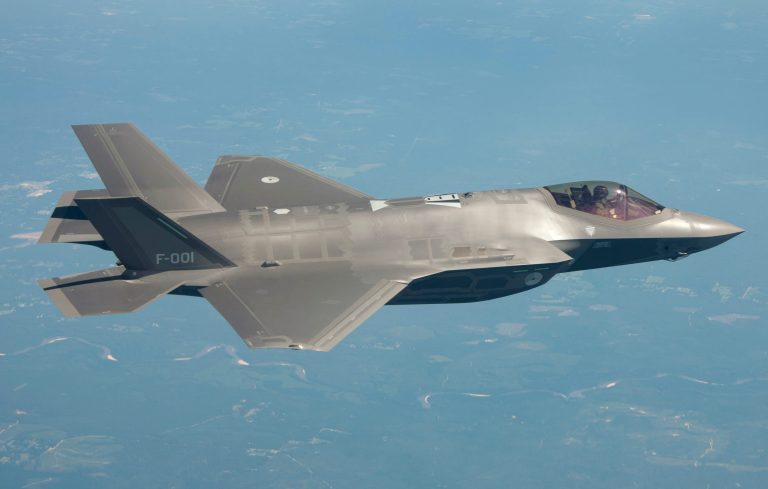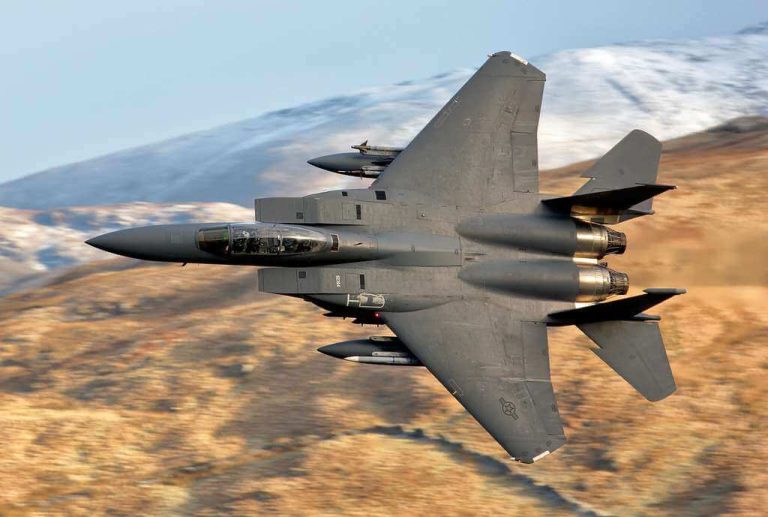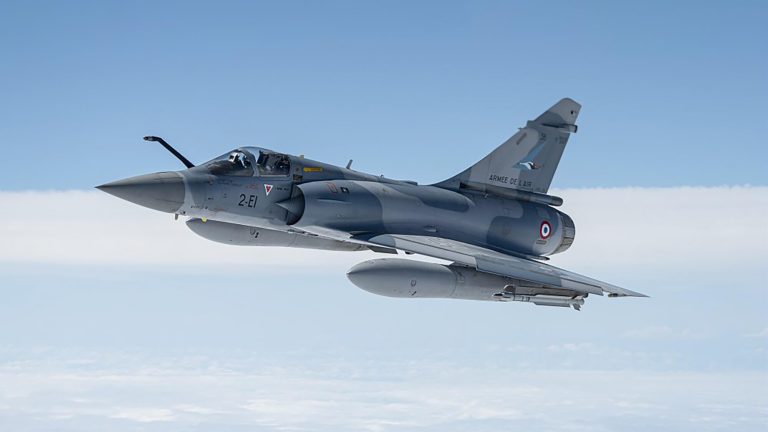Spain has officially shelved plans to acquire the U.S.-made Lockheed Martin F-35 stealth fighter and will instead pursue European alternatives such as the Eurofighter Typhoon and the Future Combat Air System (FCAS), the defense ministry confirmed. Reuters
A Shift Driven by Strategy and Sovereignty
The Spanish government’s move comes amid mounting tensions with Washington over NATO spending levels. Spain declined U.S. pressure to increase defense spending to 5% of GDP—well above NATO’s 2% guideline—prompting criticism from U.S. President Donald Trump and threats of trade tariffs. In response, Madrid elected to channel much of its defense budget toward European projects, signaling a clear shift toward strategic autonomy.
Funding Moves and Budget Realignment
Spain had earmarked roughly €6.25 billion in its 2023 budget to buy F-35s, reportedly up to 50 jets. However, €10.5 billion in additional defense funds allocated for 2025 is now slated primarily for European-made solutions—which effectively ruled out the F-35 option.
European Options in the Spotlight
- Eurofighter Typhoon: Already a mainstay in the Spanish Air Force, these 4.5-generation jets are being procured under Spain’s Halcón programs, with deliveries scheduled between 2026 and 2030.
- Future Combat Air System (FCAS): A long-term initiative spearheaded jointly by France, Germany, and Spain, FCAS aims to deliver a sixth-generation combat system—including a stealth New Generation Fighter and swarming drones. Demonstrator flights are expected in the late 2020s, with operational deployment by around 2035.
Risks and Gaps Ahead
Critics warn Spain may face a capability gap, especially for naval aviation. Without a short take-off/vertical landing (STOVL) option like the F-35B, the Juan Carlos I aircraft carrier may lose its fixed-wing fighter capacity when the AV-8B Harriers retire around 2030—leaving only helicopters aboard
Broader Geopolitical Ripple Effects
Spain’s decision is part of a broader European reassessment of reliance on U.S. defense technologies amid rising skepticism over U.S. trade policies and strategic consistency. Other nations—such as Switzerland and Portugal—are also reconsidering F-35 purchases, citing both economic and political concerns. Some defense analysts interpret Spain’s pivot as more than procurement—it’s a political statement affirming the pursuit of European defense sovereignty.
Summary Table
| Aspect | Details |
|---|---|
| What Happened | Spain canceled plans for U.S. F-35 fighters in favor of European-made Eurofighter Typhoon and FCAS jets. |
| Why | Disputes over NATO spending targets (especially U.S. demand for 5% of GDP), leading to a shift toward European defense investment. |
| Budget Impact | €6.25 billion previously allocated for F-35s is being reallocated; majority of €10.5 billion new defense funds reserved for European suppliers. |
| Short-Term Option | Eurofighter Typhoon (Tranche 4 and 5), with deliveries slated 2026–2030. |
| Long-Term Option | FCAS project (sixth-generation stealth aircraft + drones), projected service entry ~2040. |
| Operational Risk | Potential decade-long naval aviation gap on Juan Carlos I after Harrier phase-out. |
| Geopolitical Angle | Reflects Europe’s move for defense autonomy amid distrust of U.S. reliability under Trump-era pressure. |







